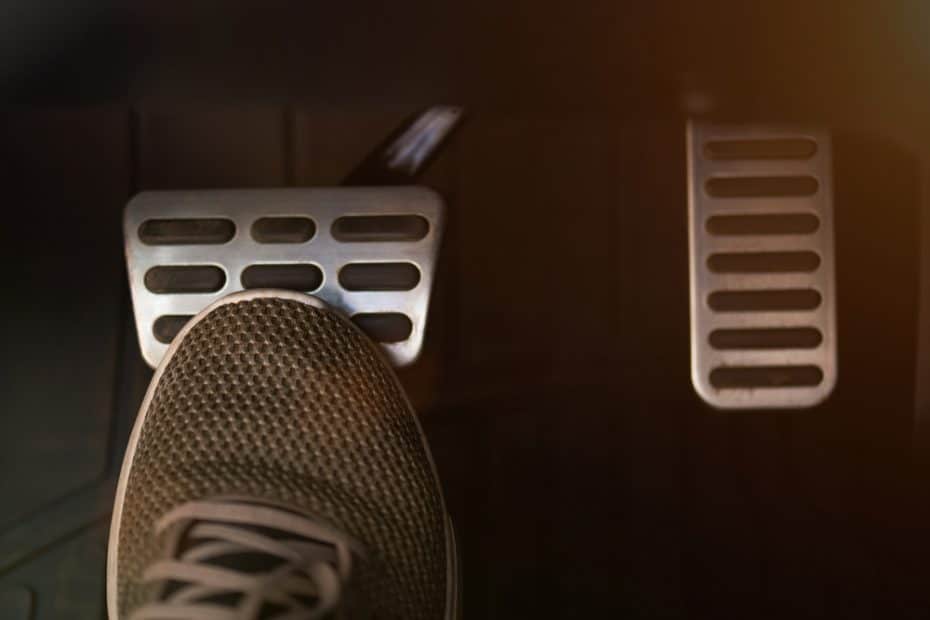Brake pads are usually pretty cheap compared to other parts on a vehicle; however, to keep these costs down while still ensuring their effectiveness (and not needing replacements so quickly), you should take steps to prevent their wear; if your pads wear too much then you can have more serious damage to the rotors and metal components of the brake system; also you should care for them because you can. As a driver there are several things you can do to help control how often you need to replace your brake pads. These include:
Eliminate Unnecessary Weight
Make your car as light as possible, leaving any unnecessary loads at home or garage. Carrying excess weight means that your brakes have to work harder every time you want to stop the car. The weight adds up and results in more considerable kinetic energy, which the pads must fight to stop.
You can avoid this by removing items you do not need from your trunk, roof cargo carrier, or backseat to help give your car a much-warranted break. Sometimes, however, you cannot avoid this, like when moving furniture or going on a field trip with friends and family.
Flush Your Car Brakes Fluid Regularly
When you press the brake pedals, pressure travels through the systems, from the fluid, brake lines, calipers to the pads, and the rotors. Brake fluid is, therefore, a crucial component, acting as the messenger between you and the car’s braking system.
Unfortunately, the fluid attracts moisture which, if unchecked, can easily damage the system. The moisture invites rust and corrosion to the metal components and alters the boiling point of the brake fluid. This reduces the effectiveness and useful life of your braking system.
You should always check and change your brake fluids every 25,000 miles. A cloudy or milky appearance signifies the need to replace the fluid. For most people it’s best to leave this to a reputable auto repair shop such as General Muffler and Auto Supply.
Downshift
You do not have to push your brakes down when heading down a steep slope. Downshifting helps you slow down while minimizing the need to apply your brakes.
Whether you are operating a manual transmission or an automatic vehicle with a manual shift, always downshift to a lower gear when driving down a hill. Doing this delegates some work to the engine and transmission and reduces the workloads on your brakes. Using the engine and transmission systems also cools the systems in the process. This is also known as engine braking. But be mindful of how much you use this too, as brake pads are cheaper to replace than a worn engine.
Anticipate Change in Traffic and Slow Down Early Enough
Keeping your eyes on the road and forward-thinking gives you enough time to respond to changes in traffic conditions like slowing vehicles and stopped cars. When you notice something that needs you to stop, let your car coast to decelerate slowly without using the brakes.
If you perfectly time this, you may not even need to step on your brakes before you are clear to accelerate again.
Looking further ahead opens several opportunities to coast- instead of brakes- to slow down. It helps minimize the usage of brake and extends their useful life.
Avoid Unnecessary Speeding
Driving at high speeds is the number one enemy of your braking system. The sudden braking causes a lot of friction, increasing wear and tear, and shortens the useful life of your brake pads.
Brake pads transform energy into heat, meaning that they wear out faster when they have more energy to dissipate. Slowing down just a little bit saves much on wear and tear on the pads.
If you have concerns about your brakes and you live in the Ansonia CT, Shelton, Derby, Woodbridge of Seymour area then don’t hesitate to call for a brake service and repair:
or drop by 670 Main St, Ansonia, CT 06401.


